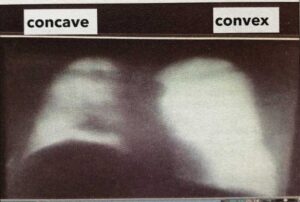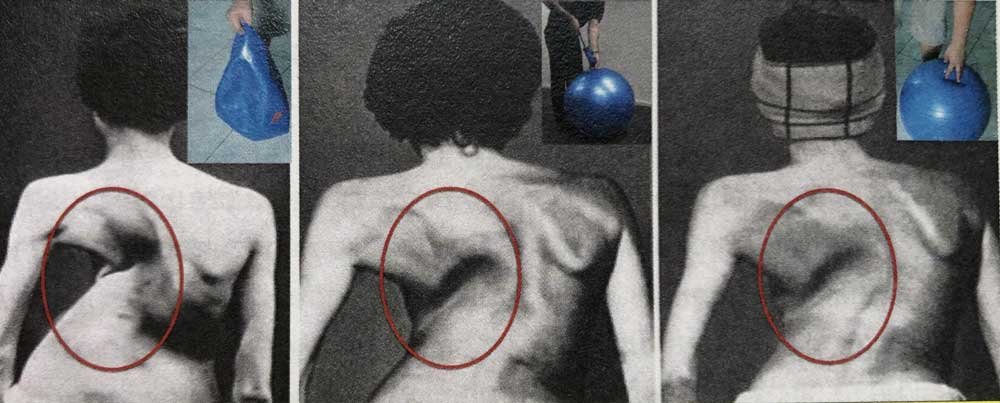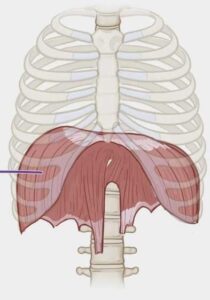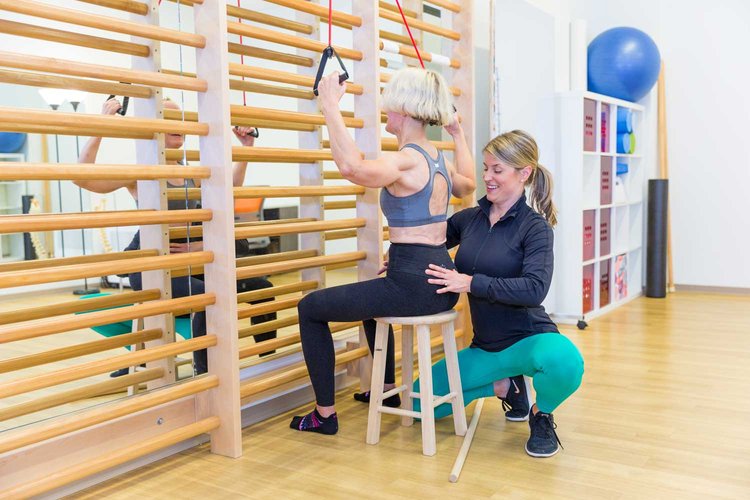22,000. This is roughly how many breaths each of us will take today. THANK GOODNESS this physiologic process is involuntarily controlled by the autonomic nervous system. Can you imagine being responsible for remembering to breathe 22,000 times per day? While we slumber, or while our brains are busy with another task – working, child-rearing, solving the problems of the world – our brainstem keeps our respiration going so that we stay oxygenized and alive.
So we know that respiration is an involuntary action, but can it also be voluntary? Can it be both? Oh yes my friend, oh yes…….
As a Schroth therapist and a yogi, I am interested in the human ability to manipulate the breath, otherwise known as voluntary control. Why?
Manipulation of our breath can cause a variety of outcomes, two of which we will discuss in depth today: improved spinal and thorax posture, a cornerstone of Schroth therapy, and activation of the parasympathetic nervous system, a cornerstone of yoga.
(As a side note and fun fact, manipulation of the breath can also cause an altered state of consciousness, similar to the effects of psychedelic drugs like LSD and psilocybin – how crazy is that!? But that is definitely a topic for another time, and likely another blog platform entirely.)
Our modern-day Schroth breathing technique comes directly from the work of Katharina Schroth, a German woman born in the late 19th century. Katharina had scoliosis as a teenager, wore a steel brace (ouch!), and spent countless hours in front of a mirror trying different breathing techniques and postural adjustments to inflate her concavities. Based solely on her lived experience and success with treating her own scoliosis with breathing and postural correction, she opened a scoliosis clinic in 1921, and would eventually treat 150+ patients at a time there. Talk about a pioneer.
Katharina Schroth dubbed her technique “orthopedic breathing”. She intuitively knew, without any advanced imaging tools to view what was happening inside the chest wall, that the lung on the convex/curved side of scoliosis would inflate generously with a breath, while the lung on the concave/collapsed side would barely inflate at all. With our modern technology, we can confirm that what Katharina suspected is truly happening in the lungs of those with scoliosis.

She recognized the vicious cycle of scoliosis: a curve forms and “blocks” the opposite lung from inflating with breath, forcing the person to breathe only into the curved side, which over time allows the collapse and therefore the scoliosis to become greater and greater.
Katharina Schroth’s orthopedic breathing exercises also recognized the rotational component of scoliosis and how breathing could potentially improve that rotation. We know this today as Rotational Angular Breathing (RAB).
To better understand orthopedic breathing/RAB/Schroth therapy, let’s use a simple example of a right thoracic scoliosis. The thoracic spine is bending to the right. The thoracic spine and ribs are also being pulled into a backward rotation, commonly known as a thoracic prominence (or “rib hump” as it used to be called). If we open the left thoracic concavity by re-posturing the body, instruct gentle de-rotation of the ribcage, and instruct expansive ribcage deep breathing, the breath will further de-rotate the spine and ribs, bringing the thorax back to a neutral position.

To summarize, we use manipulation of the breath during Schroth exercises, PAIRED WITH APPROPRIATE POSTURAL CORRECTION OF THE CURVE (important), in order to straighten the spine, de-rotate the ribcage, and promote trunk re-shaping and symmetry. Very cool, right?

It’s important to note here that Schroth breathing requires a great deal of strength in the diaphragm muscle. Many folks have never spent much time breathing deeply, and thus have difficulty with Schroth breathing when they first begin treatment. Like any other muscle in the body, the diaphragm needs to be used and challenged in order to get stronger and more functional.
If our diaphragms aren’t very strong, do we compensate with other muscles, you ask? Oh heck yeah; the body is a master compensator. It will find a way to get the job done. The most common compensations that I see clinically are shoulder shrugging and/or using the muscles in the front of the neck to try to “pull” the ribcage upward. It’s important for your therapist to look for, and identify, these compensatory mechanisms, and for you as the patient to gain the body awareness to feel them happening. We can’t make meaningful changes unless we are aware of what’s happening in our bodies. I’ll say that again:
WE CAN’T MAKE MEANINGFUL CHANGES UNLESS WE ARE AWARE OF WHAT’S HAPPENING IN OUR BODIES.
As an added benefit of all this breath manipulation during our Schroth exercises, we are tapping into our parasympathetic nervous system, the system that promotes relaxation. (All yogi’s rejoice; yogi’s have known and promoted this concept for thousands of years.) This system slows our heart rate, lowers our blood pressure, and is the antidote to our fight, flight, and freeze system. We live in a stimulating world. We can all benefit from downshifting into this state of relaxation, especially during stressful times in our lives (like living with scoliosis – anyone, anyone?)
As this post comes to a close, I will encourage you to take a breath. A meaningful, deep, ribcage-expanding breath. Take another. Begin the journey – to better posture, to a stronger diaphragm muscle, and to a more relaxed state of being. I’ll meet you along the way.
